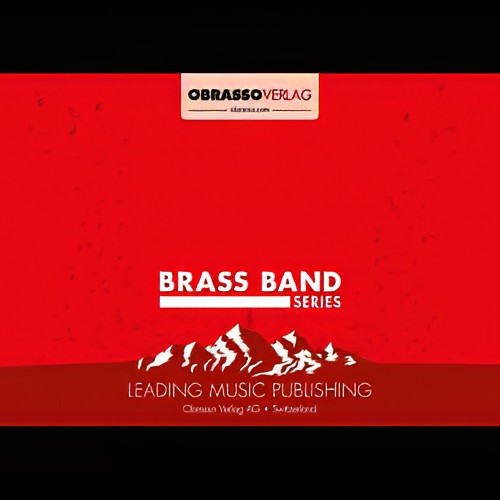We've found 935 matches for your search. Order by
Results
-
 £33.00
£33.00Flying Dutchman (Brass Band - Score and Parts) - Wagner, Richard
-
Estimated dispatch 7-14 working days
-
 £64.00
£64.00FLYING DUTCHMAN, THE (Brass Band) - Wagner, Richard - Lorriman, Howard
Advanced
Estimated dispatch 7-14 working days
-
 £37.95
£37.95FLYING FINGERS (Trumpet Trio/Brass Band) - Richards, Goff
Estimated dispatch 7-14 working days
-
 £54.20
£54.20Flying Home (Euphonium Duet with Brass Band - Score and Parts) - Richards, Goff
Duration: 5.00
Estimated dispatch 7-14 working days
-
 £37.95
£37.95FOLKS WHO LIVE ON THE HILL, The (Flugel Horn Solo with Brass Band) - Richards, Goff
Flugel Horn Solo & Brass Band. Recorded on Polyphonic QPRL045D Making Tracks
Estimated dispatch 7-14 working days
-
£34.95
FUN AND GAMES (Brass Band) - Wood, Gareth
This overture is festive in mood, rich in melody and powerfully rhythmic. Written for the Pencampwriaeth Pres BBC Radio Cymru competition, it has all the technical challenges of a test piece, but is just good fun!
Estimated dispatch 7-14 working days
-
 £37.95
£37.95FUNDADOR (Brass Band) - Richards, Goff
Estimated dispatch 7-14 working days
-
 £50.90
£50.90GEORGIA ON MY MIND (Trombone or Eb Horn Solo with Brass Band) - Carmichael, Hoagy - Richards, Goff
Grade: Medium.
Estimated dispatch 7-14 working days
-
 £42.95
£42.95GOLDEN ARROW (March) (Brass Band) - Howarth, Elgar
Recorded by the Foden's Richardson Band on Polyphonic CD: QPRL224D MASTER BRASS (Volume 17)
Estimated dispatch 7-14 working days
-
 £37.95
£37.95GYMNOPEDIE No.1 (Brass Band) - Satie, Erik - Richards, Goff
Estimated dispatch 7-14 working days
